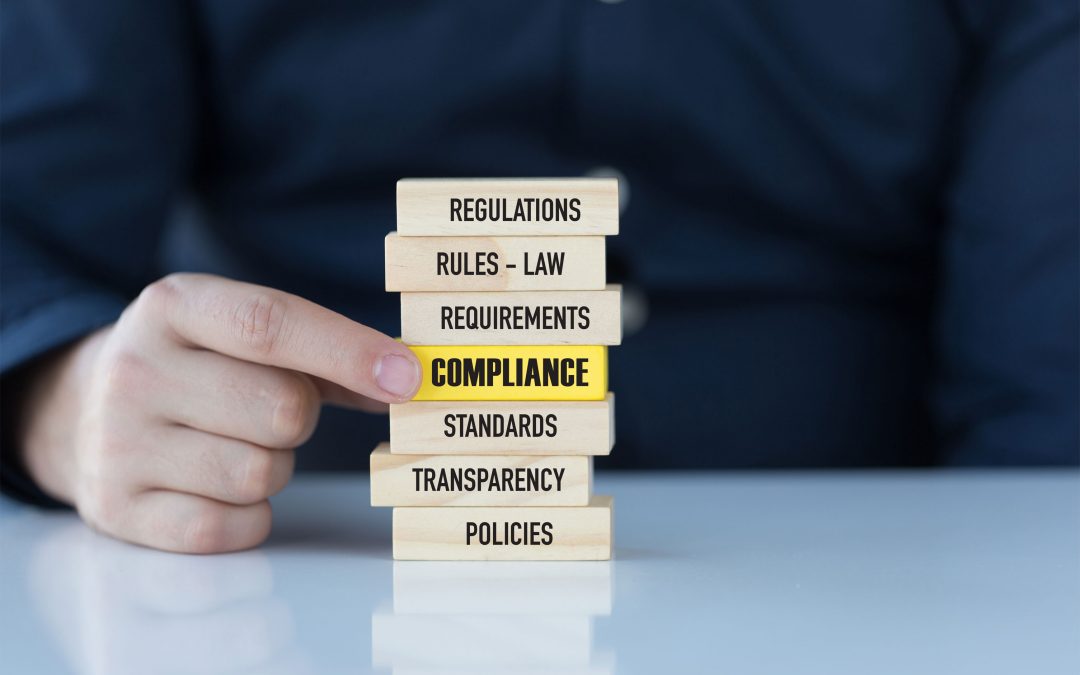All businesses must undertake a fire risk assessment. This includes anyone that has paying guests, including bed & breakfasts, guesthouses or self-catering property lets. If a business has five or more employees, or a licence, they must keep a written record of their risk assessment.
Five-step risk assessment checklist
1. Identify fire hazards
How could a fire start and what could burn? Keep sources of ignition and fuel apart. If a fire does break out, what measures are in place to keep it contained so it doesn’t spread rapidly, putting people at risk? Make sure fire doors are not wedged or propped open as they need to be closed to prevent fire spreading.
2. Identify anyone at risk
Everyone is at risk of fire though some are more at risk than others, for example visitors to the building that don’t know the evacuation procedure. Think about people for whom evacuation could be more difficult, such as elderly or disabled people.
3. Evaluate, remove or reduce the risk
Evaluate what you’ve learned in steps 1 and 2, what are the risks of a fire starting and what are the risks to people in the building? Remove and reduce risks — how can you avoid accidental fires? Take action to protect everyone in the building from fire.
4. Record findings, prepare an emergency plan and provide training
Keep a record of hazards and how you’ve reduced them. If a business has five or more employees, or a licence, by law they must keep a written record of their risk assessment. However it’s a good idea for all businesses to keep a written record.
You need a clear plan of how to prevent fire and how you’ll keep people safe if there is a fire. Coordinate your plan with any other businesses in your building. Ensure all staff know what to do in case of fire.
Click here for more information on how to prepare an emergency plan
5. Regularly revisit the fire risk assessment in case it needs updating
Always keep your risk assessment under review. If anything changes, ensure you make a note of it in your plan, tell others that share the premises and re-train staff if necessary.
Who is the Responsible Person?
The person in charge of fire safety in a business is known as the Responsible Person. This is the employer, owner of the premises or person who controls the premises.
If the Responsible Person does not have the time or expertise to do a fire risk assessment, they can appoint a Competent Person in their place, such as a professional risk assessor.
What are the duties of the Responsible Person?
- Take all reasonable fire safety precautions to ensure the safety of employees
- Carry out a fire risk assessment of the premises to be reviewed annually (or if anything changes which could prevent safe evacuation)
- Eliminate or reduce dangerous substances
- Make sure premises have appropriate firefighting and fire detection equipment
- Keep all routes to fire exits clear
- Carry out fire drills and have the right evacuation procedures in place
- Appoint enough people to manage fire safety, e.g. fire wardens
- If dangerous substances are used, make sure they are safely used and stored
- Maintain all fire systems, e.g. smoke alarms, fire alarms, so they are all in working order
- Communicate fire safety procedures to all employees and visitors
- Make sure all employees receive necessary fire safety training.


Trackbacks/Pingbacks